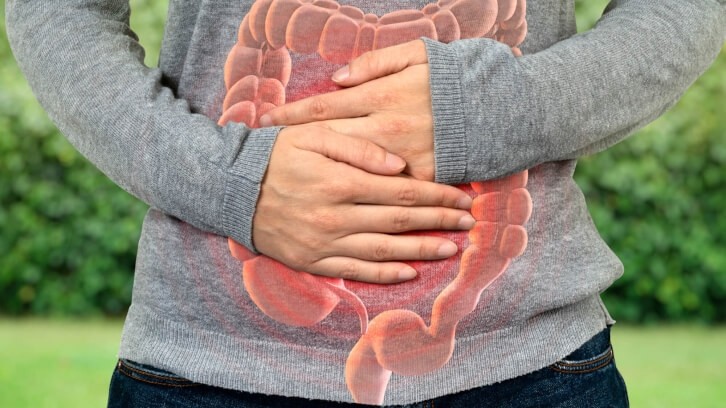People can adapt to high prebiotic intake within weeks, says new study

High intakes of fermentable fibers are associated with gastrointestinal (GI) discomfort and bloating, making it challenging for people to close the “fiber gap” between what they habitually consume and what governments and nutritional organizations recommend (between 25 and 38 g per day).
A new study led by researchers from the University of Alberta (Canada) and the University of Nebraska (United States) indicated that high doses of corn bran arabinoxylan (AX, 25 g per day for women and 35 g per day for men) did indeed lead to intense GI discomfort but only for three weeks. After this, GI symptoms reverted “almost completely back to baseline levels.”
“Adaption appears to occur both short-term (during the AX intervention) and longer-term (through the habitual diet) and constitutes an avenue by which tolerance to physiologically relevant and perhaps even ancestral doses can be both achieved, making closing the fiber gap feasible,” they wrote in Gut Microbes.
Microbiome impacts
The study included 31 overweight and obese people randomly assigned to either consume a fermentable arabinoxylan or a non-fermentable microcrystalline cellulose for six weeks.
The data indicated that the abundance of specific bacteria in the gut was linked to tolerance and adaptation. Specifically, the researchers reported that a greater relative abundances of Bifidobacterium longum before prebiotic AX consumption was associated with less bloating and better adaptation over the course of the supplementation.
“These correlations provide potential explanations for the inter-individualized variation in the adaptations toward tolerating dietary fibers, which can serve as a basis for the development of personalized microbiome-targeted or dietary strategies aimed to increase fiber consumption by alleviating fiber-induced symptoms,” the researchers stated.
Enrichment in Subdoligranulum sp. was also detected over the course of the intervention. “Cooperative cross-feeding interactions among members of CARG1 [co-abundance response group 1], such as between B. longum (proposed primary degrader) and B. obeum or Subdoligranulum sp. (proposed secondary fermenters), may also become more efficient,” the researchers wrote.
They noted that causal proof that this potentially synergistic synbiotic strategy may reduce arabinoxylan-induced GI symptoms would need to be provided by a randomized control trial, adding that "findings suggest that microbiome benefits are adaptable and can therefore be altered through selection, opening options for evolutionary-based strategies to modulate the gut microbiome.”
Source: Gut Microbes
Volume 16, Issue 1, doi: 10.1080/19490976.2024.2363021
“Adaptation to tolerate high doses of arabinoxylan is associated with fecal levels of Bifidobacterium longum”
Authors: E.C. Deehan, et al.












